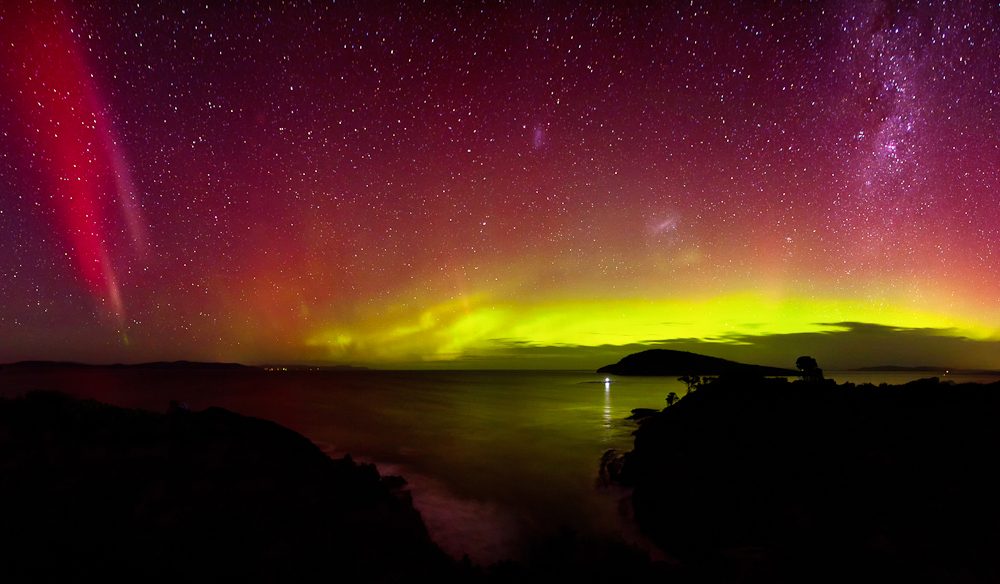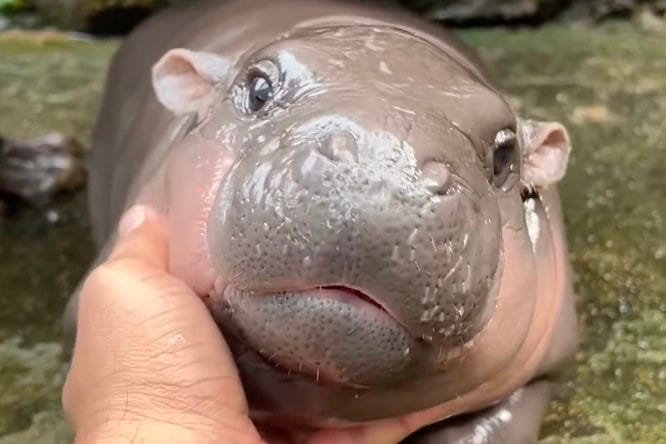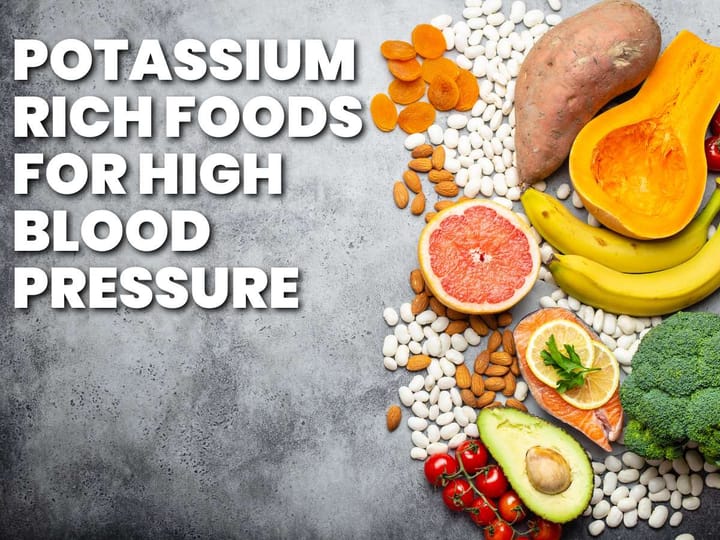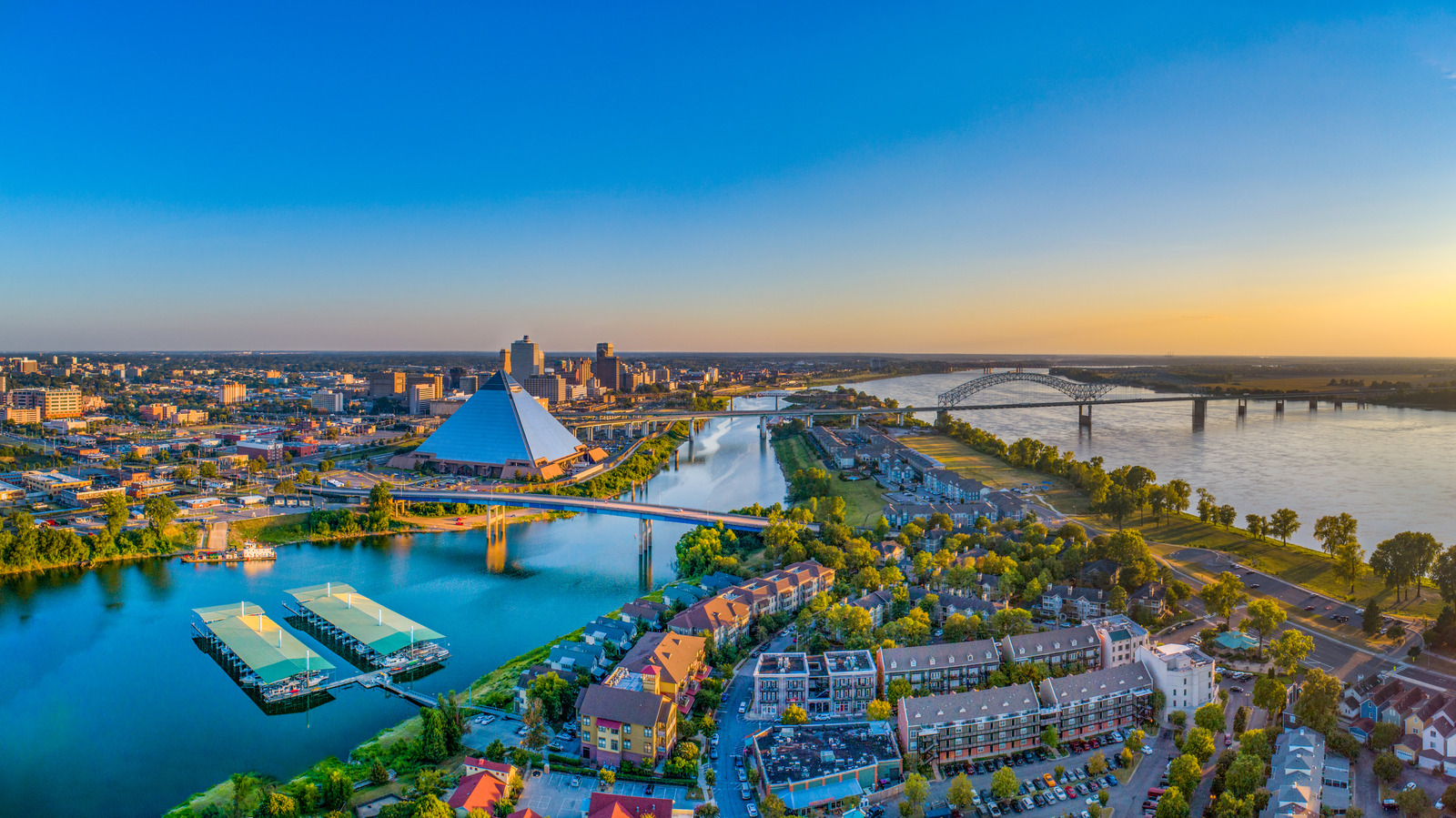Algae Bloom Threatens Florida Keys Tourism - Can Innovative Solutions Turn the Tide?

The turquoise waters and vibrant coral reefs of the Florida Keys have long been a siren call for tourists worldwide. But in recent months, a familiar foe has returned, casting a shadow over this paradise: harmful algal blooms (HABs).
A Growing Concern
The current bloom, first detected in early January 2024, consists primarily of the species Karenia brevis, infamous for producing toxins that cause respiratory problems and irritate the skin. While not unusual for this time of year, the bloom’s intensity and spread have raised alarm bells.
Data from the Florida Fish and Wildlife Conservation Commission (FWC) paints a worrying picture. As of February 12th, 2024, high concentrations of K. brevis were detected in water samples stretching from Key Largo to Key West, with the highest densities observed near Marathon and Big Pine Key.
This surge in algal growth has already impacted the local economy, particularly the tourism industry. Beach closures are becoming commonplace, fishing charters are experiencing cancellations, and businesses reliant on water activities are feeling the pinch.
The Perfect Storm for Algal Blooms
Understanding the factors contributing to this alarming bloom is crucial for tackling the issue effectively. While K. brevis naturally occurs in these waters, a confluence of factors has fueled its explosive growth:
- Nutrient Pollution: Runoff from agricultural activities, wastewater treatment plants, and septic systems introduces excess nutrients like nitrogen and phosphorus into coastal waters, acting like fertilizer for algae.
- Climate Change: Rising sea temperatures create more favorable conditions for K. brevis growth, while changes in rainfall patterns can further exacerbate nutrient runoff.
- Ocean Currents: The loop current, a powerful current in the Gulf of Mexico, can transport nutrient-rich water towards the Florida Keys, providing ample fuel for algal blooms.
Turning the Tide: A Multifaceted Approach
Addressing the complex challenge of HABs requires a multifaceted approach, encompassing both short-term mitigation and long-term prevention strategies:
1. Monitoring and Early Warning Systems:
Expanding monitoring programs like the one run by the FWC is essential. Real-time data on bloom location, size, and toxin levels can inform public health advisories, allowing for targeted beach closures and minimizing public exposure.
2. Nutrient Reduction Strategies:
Implementing stricter regulations on agricultural runoff, upgrading wastewater treatment facilities, and promoting sustainable fertilizer use are crucial steps to reduce the nutrient influx fueling algal blooms.
3. Innovative Mitigation Technologies:
Research into innovative technologies shows promise. For example, clay flocculation involves spraying modified clay particles onto the water surface, which bind to and sink algae cells, effectively removing them from the water column.
4. Public Awareness and Engagement:
Educating the public about HABs, their impacts, and individual actions to reduce nutrient pollution is crucial. Simple steps like choosing phosphate-free detergents and properly maintaining septic systems can make a difference.
The Road Ahead
The current algal bloom serves as a stark reminder of the delicate balance within our coastal ecosystems. Addressing this challenge requires collaborative efforts from scientists, policymakers, businesses, and individuals. By investing in research, implementing sound management practices, and fostering public awareness, we can protect the beauty and economic vitality of the Florida Keys for generations to come.


















Comments ()